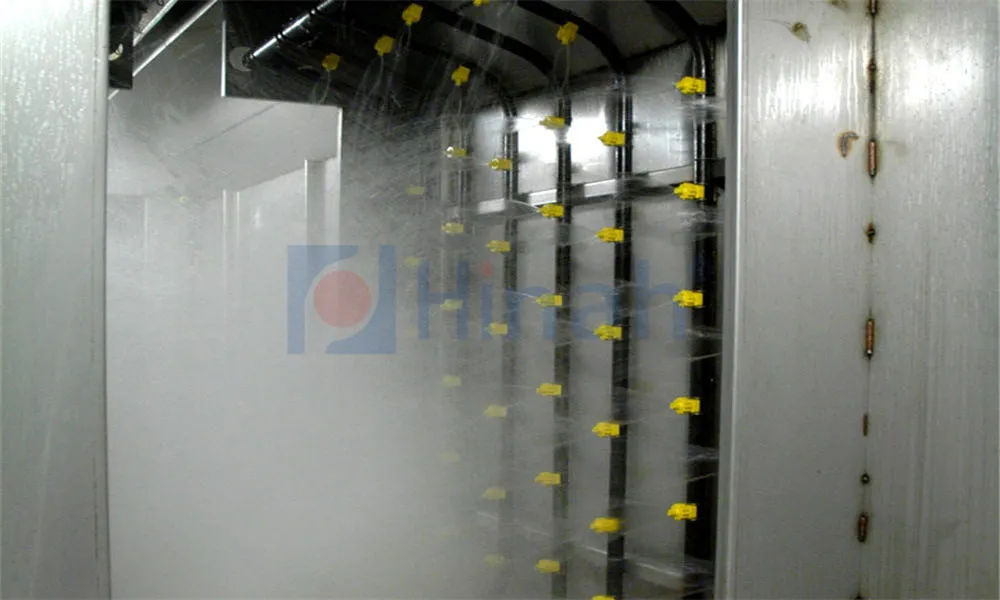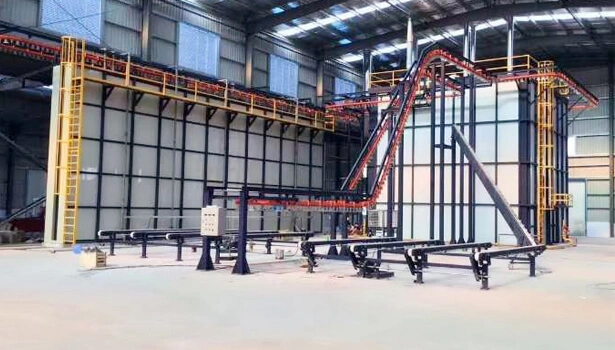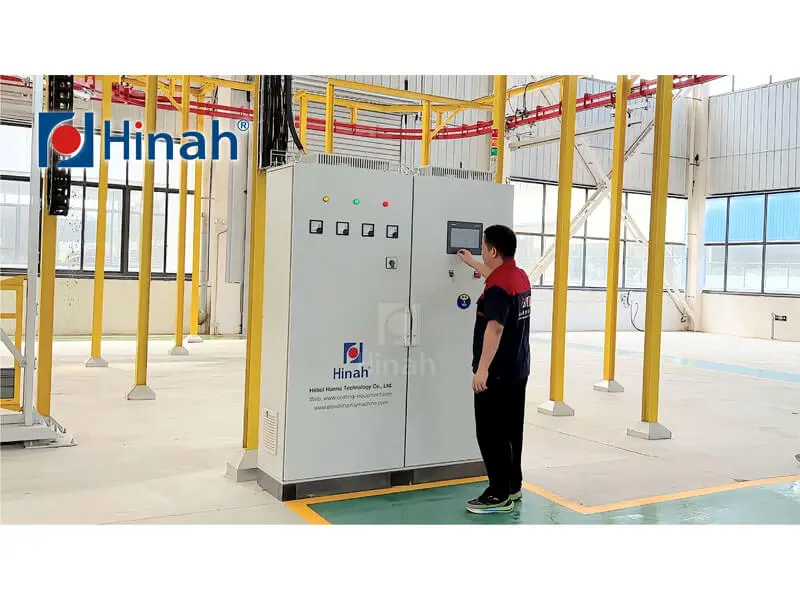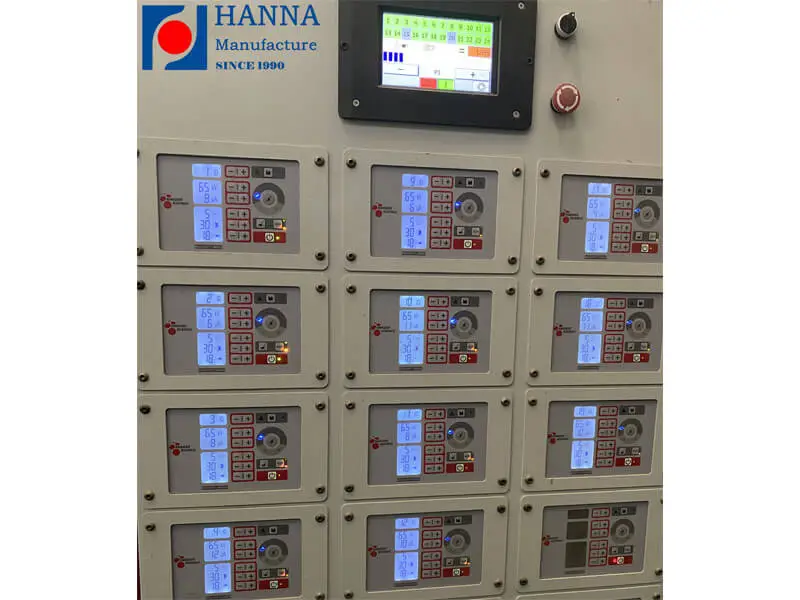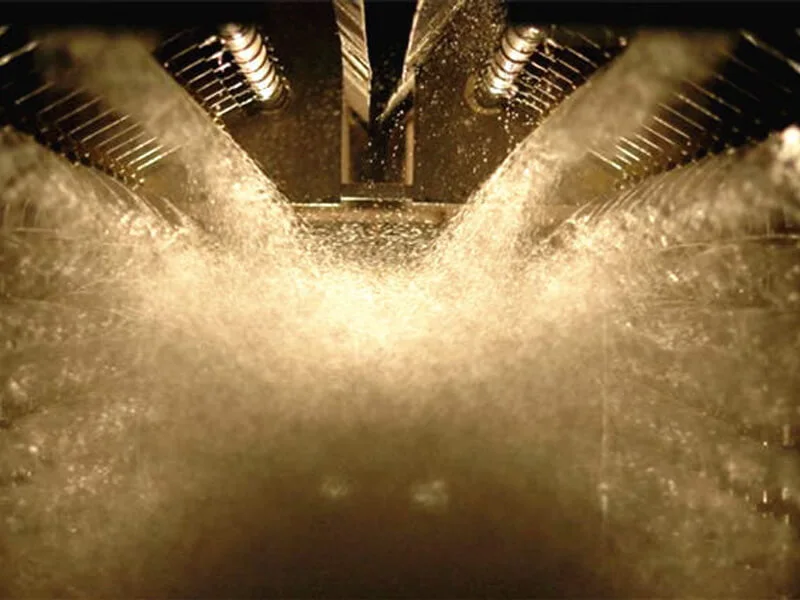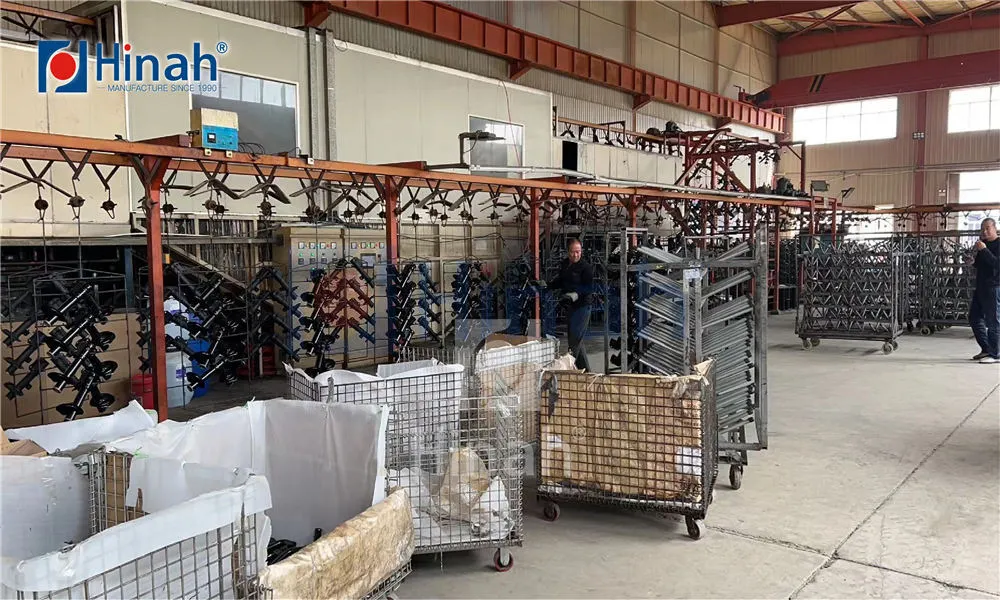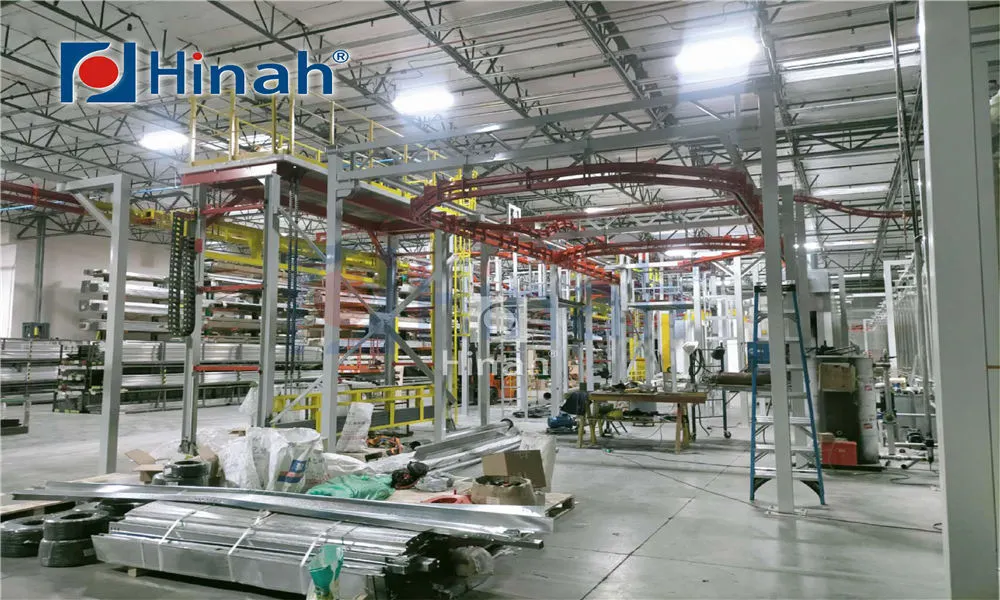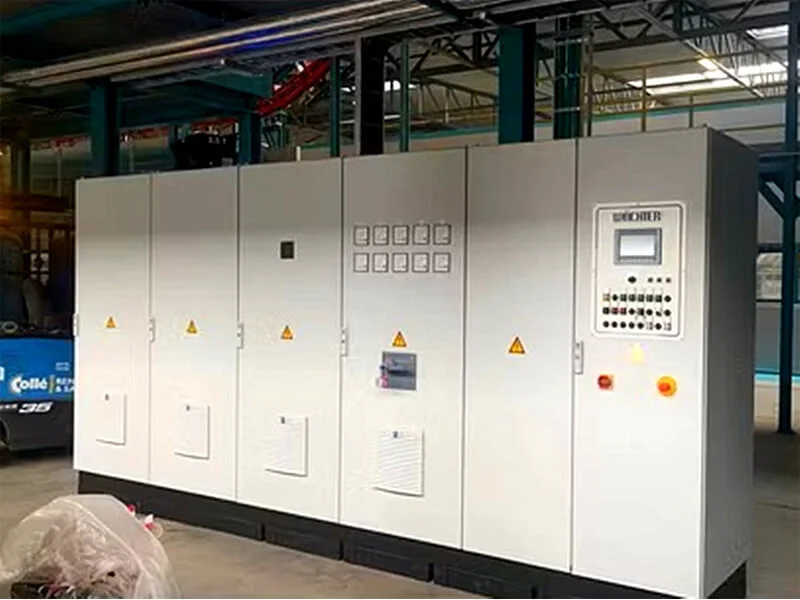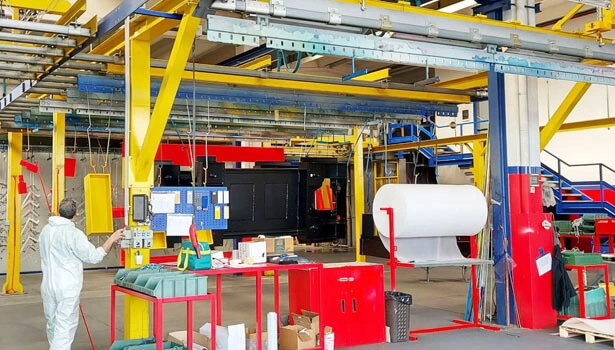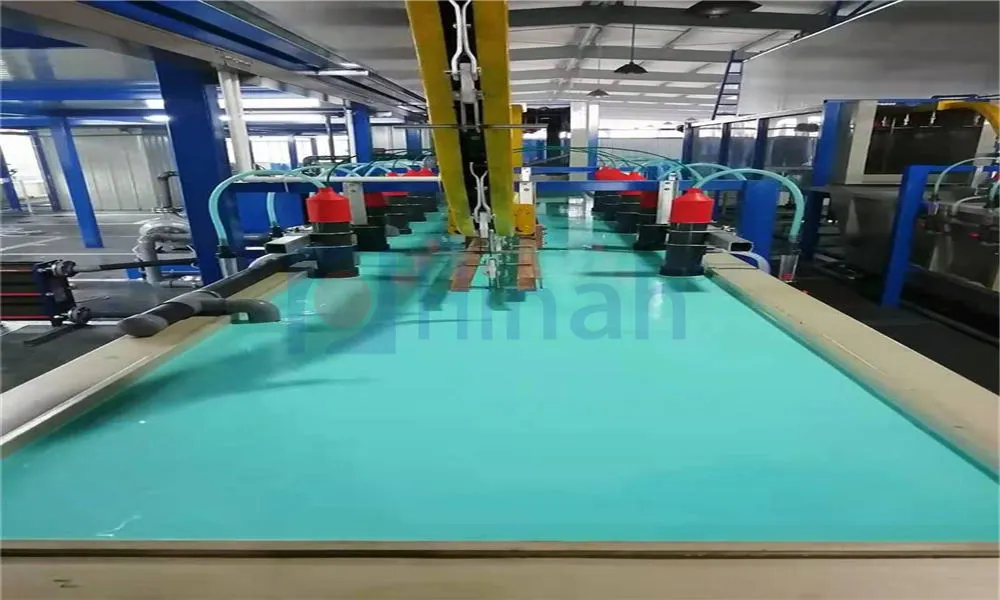In the world of industrial finishing, achieving a durable, high-quality, and consistent coat is paramount. While the application of powder coating garners much attention, the true transformation happens in the heart of the process: the conveyor curing oven. This critical piece of equipment is far more than just a heated box; it's a precision-engineered system responsible for turning a loosely adhered powder into a resilient, cross-linked polymer coating. For any operation serious about powder coating, understanding the conveyor curing oven is essential for optimizing efficiency, quality, and throughput.
This article delves into the intricacies of the conveyor curing oven, exploring its fundamental principles, key components, and the critical factors that dictate its performance. We will also examine common challenges operators face and how to address them, providing a comprehensive overview for professionals in the international powder coating industry.
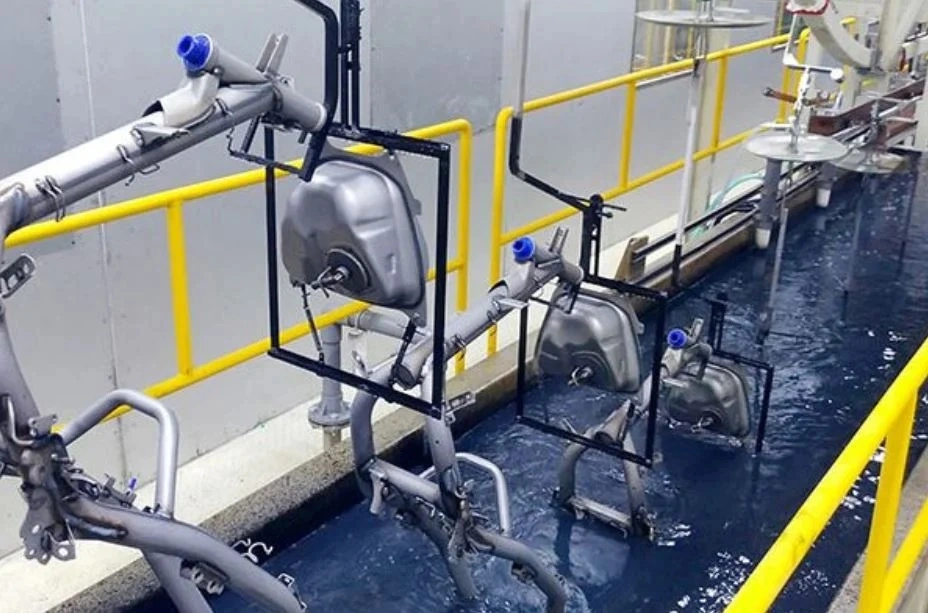
What is a Conveyor Curing Oven and How Does It Work?
A conveyor curing oven is a thermally insulated chamber used in manufacturing processes to heat products consistently and uniformly. In the context of powder coating, its specific function is to melt, flow out, and chemically cure the powder that has been electrostatically applied to a part's surface.
The process inside a conveyor curing oven follows a precise thermal profile:
Heat-Up: The coated parts, transported into the oven via a conveyor system, begin to absorb heat.
Melt and Flow: As the part's temperature rises, the powder particles melt, coalesce, and flow together to form a smooth, continuous film.
Chemical Cure: At the target temperature (specific to the powder chemistry), a chemical cross-linking reaction occurs. This is the "curing" stage, where the material develops its final properties, including hardness, adhesion, and chemical resistance.
Cool-Down: After the required time at temperature, the parts exit the oven and are allowed to cool, solidifying the finish.
The entire cycle is carefully controlled to match the powder manufacturer's specifications, ensuring the finish achieves its intended performance characteristics.
Key Components of an Efficient Conveyor Curing Oven System
A well-designed conveyor curing oven is a symphony of integrated components. Each plays a vital role in ensuring consistent and efficient operation.
Insulation and Oven Structure
The oven's shell, typically constructed from aluminum or galvanized steel panels, is filled with high-temperature insulation (such as mineral wool or fiberglass). Effective insulation is crucial for minimizing heat loss to the surrounding environment, which directly translates to lower energy consumption and a more stable internal temperature. A robust structure also ensures longevity and safety.
Heat Source and Heating System
The method of heating is a fundamental choice. Common types include:
Gas-Fired (Direct or Indirect): Often the most cost-effective for high-volume operations. Direct-fired systems introduce combustion gases into the oven chamber, offering high thermal efficiency. Indirect-fired systems use heat exchangers to heat the air, protecting the product from combustion byproducts, which is essential for certain sensitive applications.
Electric: Electric ovens use resistance heating elements to heat the air. They are generally cleaner, easier to control, and have a lower initial cost but can be more expensive to operate depending on local energy prices. They are ideal for smaller operations or clean-room environments.
Airflow and Circulation System
Uniform temperature is the single most important factor in achieving a quality cure. This is accomplished through a powerful airflow system. High-velocity fans recirculate the heated air within the oven, while strategically placed baffles and ducts ensure even distribution across the entire workload. Proper airflow prevents hot and cold spots, which can lead to under-cured or over-cured areas on the same part.
The Conveyor System
The conveyor is the backbone of the system, moving parts through the oven at a controlled, consistent speed. Types of conveyors include:
Overhead Monorail: Ideal for hanging parts, common in many finishing lines.
Belt Conveyor: Suitable for flat parts or small items placed directly on the belt.
Powder Coating Line Chain: A heavy-duty system for high-capacity operations.
The speed of the conveyor directly determines the dwell time—the duration parts spend inside the oven.
Control System
Modern conveyor curing ovens are governed by sophisticated Programmable Logic Controllers (PLCs) and touch-screen Human-Machine Interfaces (HMIs). These systems allow operators to set and monitor temperatures, conveyor speeds, and airflow settings precisely. Data logging capabilities are also common, providing a record of the thermal profile for each batch, which is critical for quality assurance and traceability.
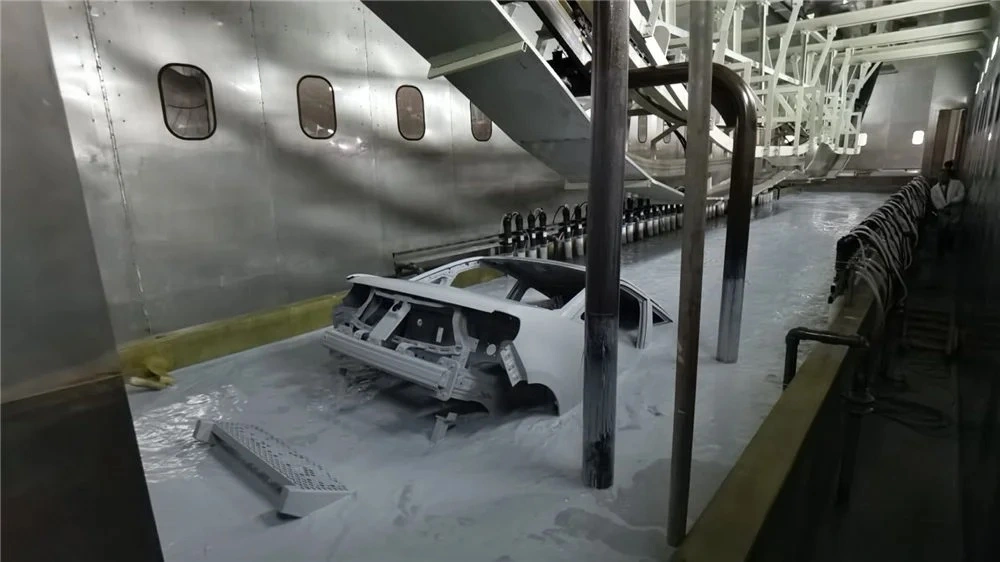
Optimizing the Curing Process: Temperature, Time, and Airflow
The success of the curing process hinges on the relationship between three critical parameters: temperature, time, and airflow.
Temperature: This must reach the specific cure temperature recommended by the powder manufacturer. It's important to note that this refers to the part metal temperature (PMT), not just the air temperature inside the oven. Using a pyrometer to verify PMT is a standard practice.
Time: This is the duration the part must remain at the target PMT. This "time at temperature" is essential for the complete chemical cross-linking reaction. The conveyor speed is set to ensure the parts achieve the required dwell time.
Airflow: As mentioned, consistent airflow ensures every part, and every area of a single part, experiences the same temperature environment. Without it, variations in cure will occur.
These three factors are interdependent. An imbalance in one must be compensated for by adjusting another, though this is not always ideal. The goal is to operate precisely within the powder's specified window.
Even the best-designed systems can encounter issues. Recognizing and troubleshooting these common problems is a key skill for operators.
Incomplete Cure or Under-Curing
This is one of the most frequent problems. The finish may be soft, sticky, have poor adhesion, or lack chemical resistance.
Causes: Oven temperature set too low, conveyor speed too fast (insufficient dwell time), poor airflow creating cold spots, or overloading the oven beyond its capacity.
Solutions: Verify PMT with a pyrometer, calibrate temperature sensors, check and adjust conveyor speed, inspect and clean airflow fans and ducts, and ensure the oven load does not exceed design specifications.
Over-Curing
Applying too much heat for too long can degrade the finish.
Causes: Oven temperature set too high, conveyor speed too slow (excessive dwell time), or malfunctioning temperature controls.
Symptoms: The finish may become brittle, discolored (yellowing), or lose its gloss. In severe cases, it can burn or smoke.
Solutions: Recalibrate temperature controls, adjust conveyor speed, and ensure the oven's heating system is cycling correctly.
Temperature Inconsistency (Hot/Cold Spots)
Variations in temperature across the oven's workspace lead to inconsistent cure on different parts of a rack or even on a single large part.
Causes: Inadequate airflow, blocked or dirty air ducts, failing fans, or improper oven loading that disrupts air patterns.
Solutions: Regularly inspect and clean the air circulation system. Perform an air balance study or temperature mapping to identify problem areas and adjust baffles accordingly. Train staff on proper loading techniques.
Contamination of the Finish
Dust, dirt, or oil particles settling on the finish during the liquid stage (melt-flow) can create surface defects.
Causes: Contaminants can be introduced from the oven environment itself, such as dirt buildup on the walls or ceiling, or from the conveyor system (e.g., lubricants from overhead chains dripping onto parts).
Solutions: Implement a regular oven cleaning schedule. Use high-temperature chain lubricants sparingly and appropriately. Ensure make-up air filters are clean to prevent drawing in dirty air from the factory.
High Energy Consumption
Operating a conveyor curing oven is energy-intensive, but costs can spiral if the system is inefficient.
Causes: Poor insulation, air leaks around doors and openings, running the oven when not in production, or an outdated heating system.
Solutions: Seal any leaks, upgrade insulation if necessary, and install energy management systems that can idle the oven during breaks or low production periods. Consider heat recovery systems to capture waste heat.
The conveyor curing oven is not merely a step in the powder coating process; it is the critical stage where the final product's quality, durability, and appearance are defined. From its robust construction and efficient heating method to its precise control and airflow management, every aspect of the oven's design contributes to the outcome. By understanding its operation, key components, and potential pitfalls, finishing professionals can ensure their conveyor curing oven operates at peak performance, delivering consistent, high-quality results batch after batch while controlling operational costs. Investing in the right oven technology and maintaining it properly is an investment in the finished product itself.


